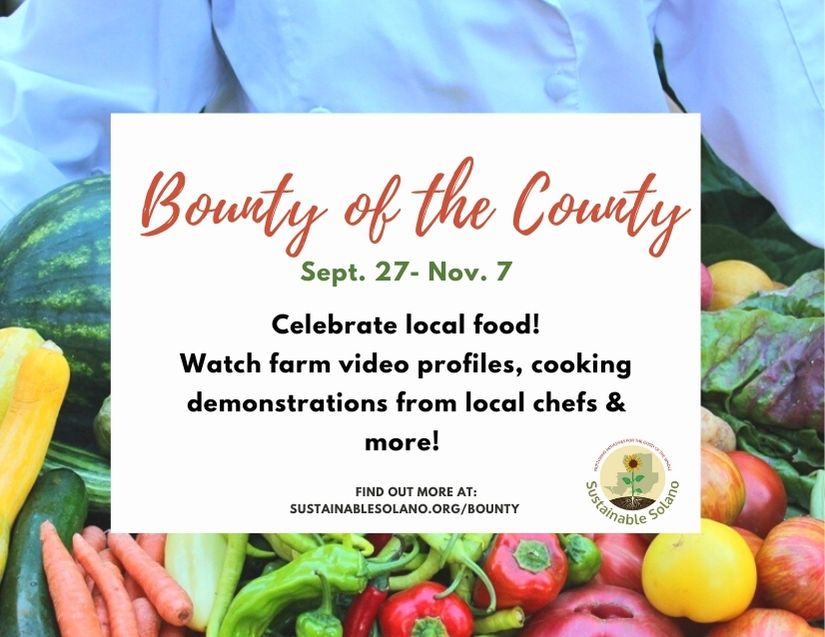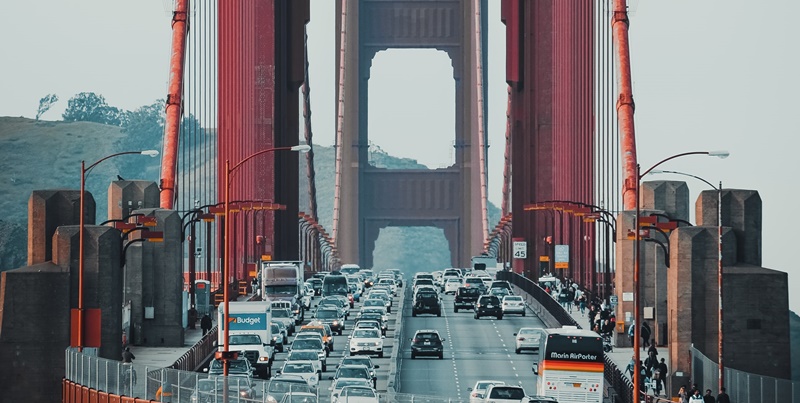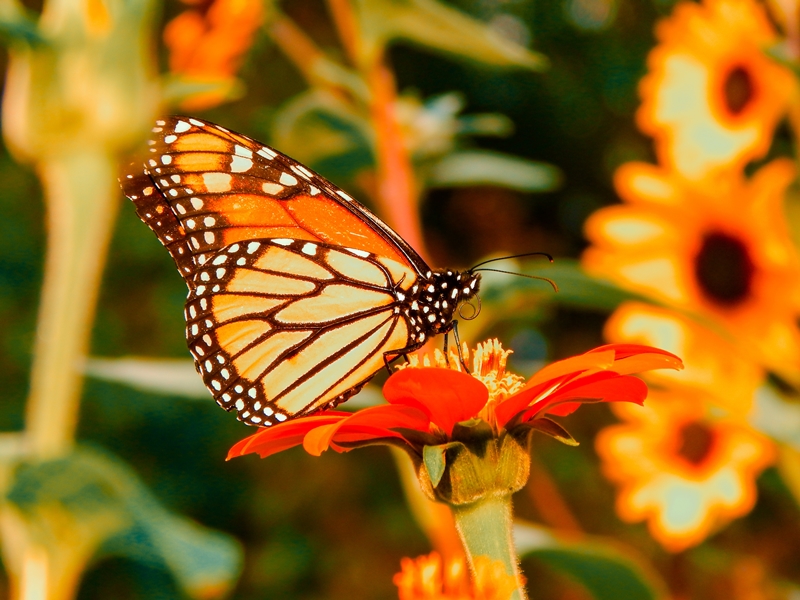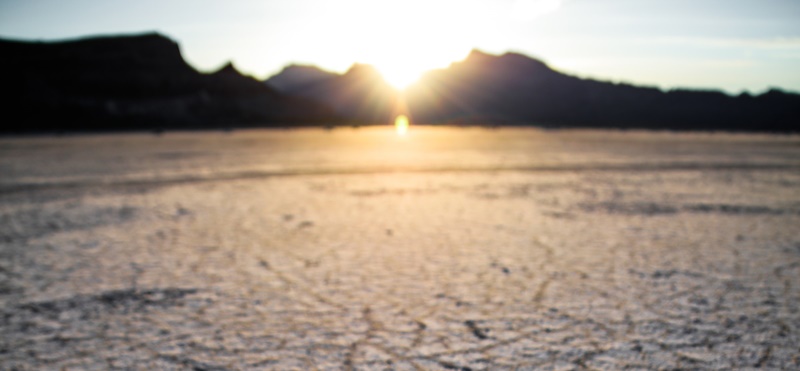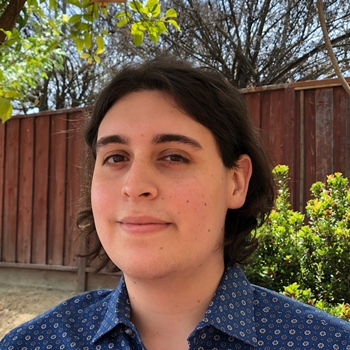Bounty of the County Returns Sept. 27-Nov. 7
Celebration of Solano County food will highlight local farms and independent restaurants
Bounty of the County, a celebration of Solano County agriculture and chefs, will feature a different restaurant each week starting Sept. 27 and running through Nov. 7. Each restaurant will highlight in-season ingredients grown on local farms in a special free sample item that will be given to restaurant customers that week. Sustainable Solano will highlight the event with weekly videos, including cooking demonstrations by the chefs and farm profiles.
This is the second year of Bounty of the County, which creates an opportunity to learn about local farms and the importance of local food, while drawing customers to independent restaurants that source locally. Last year’s Bounty of the County also featured wineries, which will be highlighted in separate events in 2022.
Bounty of the County was originally envisioned as a large, in-person event at the Solano County Fairgrounds that would highlight local food in an environment that encouraged food and wine tasting and social interaction with farmers, chefs and winemakers.
Due to COVID-19, the celebration moved online in 2020 with virtual demonstrations and participating restaurants offering featured dishes. After the summer wildfires affected many Solano County farms, last year’s program also became a fundraiser, raising more than $10,000 for wildfire relief.
This year’s celebration continues in a hybrid format, with cooking demonstration videos with local chefs and video farm profiles shared each week on social media and the Bounty of the County webpage. Featured restaurants will offer in-season, complimentary samples made with ingredients from these local farms that customers can try during their week in the spotlight.
Sustainable Solano continues to organize Bounty of the County in partnership with the Solano County Fair Association while working toward the goal of a future in-person public event aligned with public health and safety.
2021 Bounty of the County participants include:
Restaurants: BackDoor Bistro (Vacaville), The Barn & Pantry (Dixon), Michael Warring (Vallejo), One House Bakery (Benicia), Rasta Mama’s Kitchen (Vacaville), Two60 Kitchen + Bar (Fairfield)
Farms: Be Love Farm, Eatwell Farm, Lockewood Acres, Terra Firma Farm, Umbel Roots
This year’s Bounty of the County was developed in partnership by Sustainable Solano and the Solano County Fair Association.
**
Details:
- Dates: Weekly starting the week of Sept. 27 and going through Nov. 7
- Each week will highlight a local restaurant sourcing from Solano County farms. The restaurant will serve free sample items that week make with in-season local ingredients.
- Cooking class videos will be shared through social media at noon Tuesdays.
- Farm profiles will be shared through social media at noon Wednesdays.
- Find the schedule and latest updates and learn more here: https://sustainablesolano.org/bounty/
- Social media accounts
- Facebook: https://www.facebook.com/sustainablesolano
- Instagram: https://www.instagram.com/sustainable_solano/
For more information or to arrange interviews, contact Sustainable Solano Communications Manager Allison Nagel at 805-512-0901 or allison@sustainablesolano.org or Sustainable Solano Local Food Program Manager Stephanie Oelsligle Jordan at stephanie@sustainablesolano.org
***
About Sustainable Solano
Sustainable Solano is a countywide nonprofit organization that is dedicated to “Nurturing Initiatives for the Good of the Whole.” The organization brings together programs that support and sustain one another and the Solano County community. Initiatives include sustainable landscaping, local food, resilient neighborhoods, sustaining conversations and community gardens.
For more information, visit sustainablesolano.org
About the Solano County Fair Association
The Solano County Fair Association (SCFA) was established in 1946 to produce the annual Solano County Fair and manage the year-round operations of the Solano County Fairgrounds. Since then, the SCFA has been providing educational, cultural, artistic, commercial and recreational programs to the residents of Solano County for more than 70 years.
For more information, visit https://www.scfair.com/
For immediate release
Media Contact: Allison Nagel, communications manager
- 805-512-0901
- allison@sustainablesolano.org
Interviews, photos and other materials available upon request
